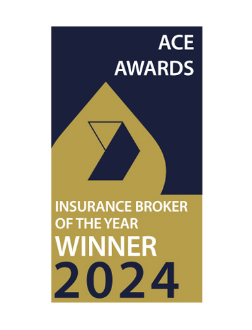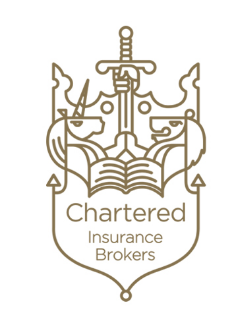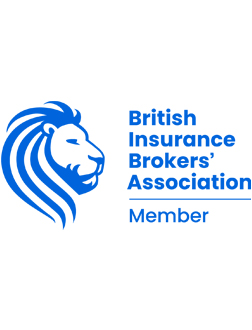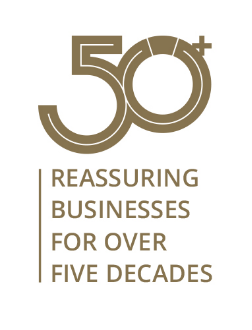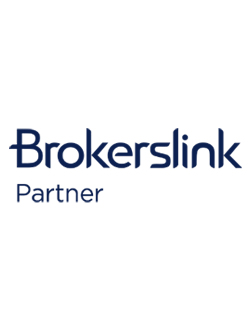Time for a building healthcheck?
Property owners need to take COVID and Brexit into consideration – and revisit their building insurance policies, advises Carrie Arnold of Bridge Insurance Brokers Ltd.
As lockdown rules are changed, UK businesses are assessing whether they should return to the usual working environment or continue operating from home.
For many professions, the transition to homeworking has been a relatively successful one, but for other industries, getting back to the usual way of work is a priority.
If you are a building owner, now is the time to ask the right questions about your building insurance. Your tenants’ situations have changed, and external events have impacted on all of us, meaning your business needs to do a review.
The mistake many make is to consider just the terms of the insurance. They are of course the important bit, but the onus is on you to provide the right information to your broker, in order to get the best value and most thorough cover.
Here are the four things you need to look at:
Buildings
Is the building declared value (BDV) correct? The BDV refers to the cost of completely rebuilding a property following an insured event (such as a fire or flood). It has no correlation to market value or purchase price. The BDV needs to factor in the cost of demolition, site clearance, construction costs, professional fees, planning or statutory obligations and VAT (where elected). It is recommended that you undertake a major review of your BDV every three years – and that this is undertaken by a qualified building surveyor. Learn more about how we can assist with BDV and much more here.
Is your ‘Day One Percentage’ sufficient? The BDV of your building needs to be correct on day one of any policy, otherwise it will be considered under-insured. But you also need to consider the Day 1% uplift provided by your policy to cover inflationary increases in construction costs for the next 364 days of cover. Leaving the EU and the COVID situation have both had an impact on supply chains, material costs and labour availability – all of which could affect the overall cost to reinstate your property.
Rental income
Is your existing maximum indemnity period sufficient? Landlords will need to consider the maximum time it could possibly take to repair or potentially even rebuild the property in the event of a total loss. This should include factoring in the time it would take to obtain planning permission, obtain new architects plans, physically construct the property and then find new tenants to move in.
Sums insured: Have you remembered to include service charges, and VAT where applicable?
Alternative accommodation
Does the tenancy agreement stipulate that you are responsible for providing alternative accommodation in the event of the property becoming uninhabitable due to an insured event? If so, you need to ensure that you have alternative Accommodation Cover. This can normally be incorporated into your property owners’ insurance for an additional premium and is normally a percentage of your buildings sum insured.
Public Liability and Property Owners Liability Limit
Have you considered your public exposure? Is your limit sufficient? For example, do you have any retail units you let out? If so, there may be a large footfall to the premises – if there was an insured incident relating to your property that resulted in a claim, would your limit for any one claim be sufficient?
It may have been some time since you last liaised with your broker, or you may be seeking a new one. Either way, now is the time to revisit your insurance policy and ensure that the impacts of wider recent events will be taken into consideration.
By planning ahead, property owners can ensure they work with their broker, meaning the best possible deal, on the fairest possible terms.
For more information, please contact:
Carrie Arnold
Manchester Real Estate
0161 234 9349
[email protected]
You can return to our news section by clicking here.
